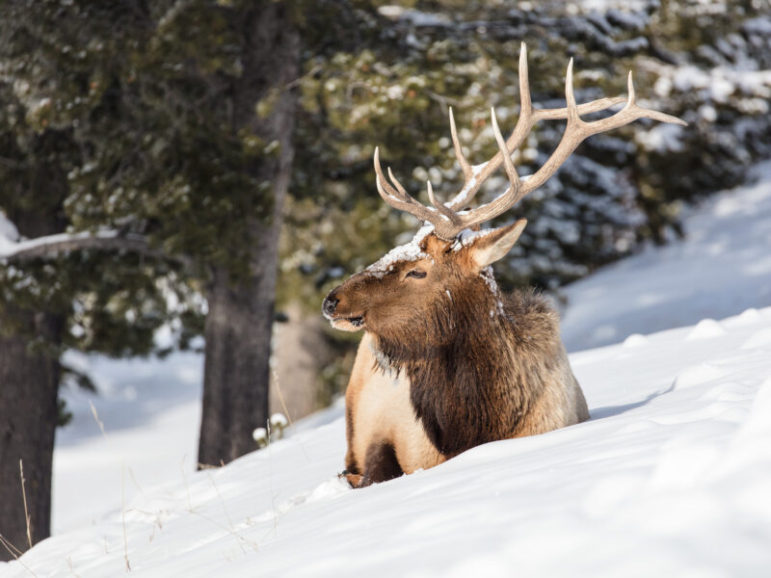
CODY, Wyo. — Wildlife watching is a major factor in regional tourism, and accounts for much of the industry’s economic benefit across northwestern Wyoming. But as people stop and gather to watch an elk herd graze or a wolf pack chase down prey, the animals are often observing the humans as well.
Can the mere presence of humans affect the predator-prey relationship between wolves and elk?
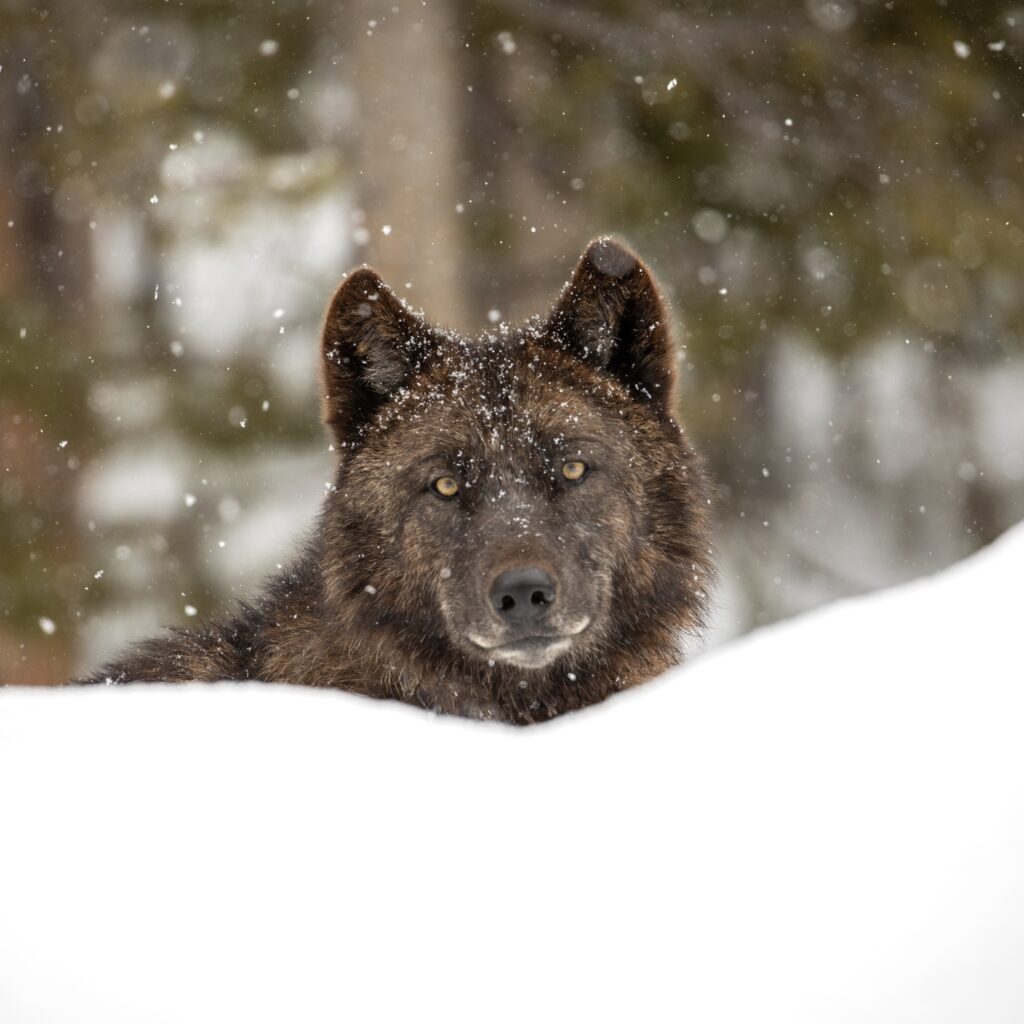
Can people using roads or trails for travel or recreation measurably influence the widespread, natural dynamics at work across a large-scale ecosystem?
That’s part of what wildlife biologist Kristin Barker set out to learn in a study that spanned three winters from 2019-2021 around Jackson, observing how wolves, elk, humans and the places they navigate affect each other’s perceptions of risk, and their inter-related behaviors.
As for what she learned? Spoiler alert: it’s complicated.
But identifying and understanding those complications were central goals of Barker’s research, which she discussed Thursday at the Buffalo Bill Center of the West during a presentation entitled: “Who’s the Big Bad Wolf Afraid Of?”
When gray wolves were reintroduced to the Greater Yellowstone Ecosystem (GYE) in 1995 after decades of being absent on the landscape, “ecologists got this perfect natural experiment in which they could try to understand how a recovering population of predators, specifically wolves, would affect their prey populations, and perhaps other aspects of the ecosystem,” Barker said.
In the nearly three decades since, Barker joked that she “would conservatively estimate that 12.75 bajillion studies have been conducted” trying to answer that question. One popular conclusion from some early studies was that restoring wolves to the Northern Range of Yellowstone National Park resulted in a “trophic cascade” of beneficial changes to the landscape.
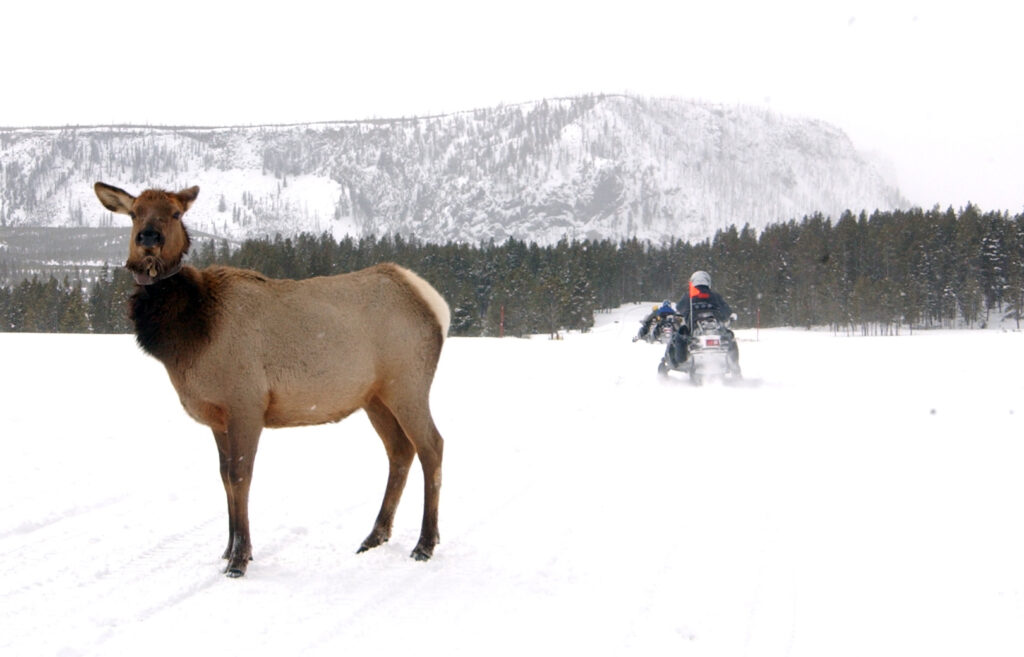
Restoring balance
The widely observed process of trophic cascade relates to how the absence of apex predators can upset food chains throughout an ecosystem, and returning those predators can reverse the effects of nature pushed out of balance.
In Yellowstone, researchers observed that bringing wolves back reduced the number of elk, which had for years been over-grazing the Northern Range, particularly limiting the growth of willows and aspens along river bottoms. Reducing elk increased the presence of those plants, which helped restore rivers, making the area better suited for a host of other wildlife.
Barker cited one popular, but overly simplistic viral video with over 40 million views on YouTube that attributes almost magical changes in Yellowstone to the return of wolves. While wolves have undoubtedly played a key and critical role in rebalancing much of Yellowstone’s ecosystems, the transformative effects of trophic cascade extolled by some partisans haven’t been observed outside the park by many studies conducted in places where they might have been expected.
“So after all of these decades of trying to understand how predators affect their prey, why do we have all these conflicting results?” Barker asked.
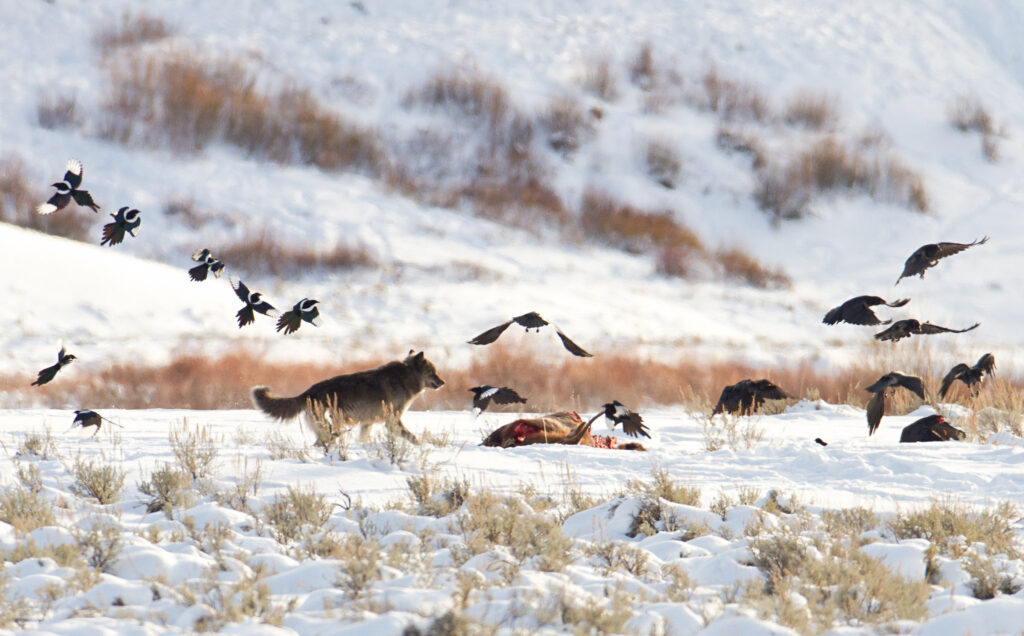
The answer, she found, is because there is a wide range of variability across the GYE in landscapes, human behavior, prey availability, wolf pack size, elk herd size and many other factors, including individual perception of risk by different elk.
Barker’s study followed wolves and elk that were both fitted with GPS tracking collars to observe how they behaved on various landscapes in and around Grand Teton National Park.
The region proved to be good for such a study because it’s home to approximately 11,000 elk living in herds of various sizes, with some staying close to the National Elk Refuge where wolves and humans can’t hunt them, some being exposed to hunting by humans and wolves, some hanging out near snowmobile trails, and some gathering near roads.
170 confirmed kills
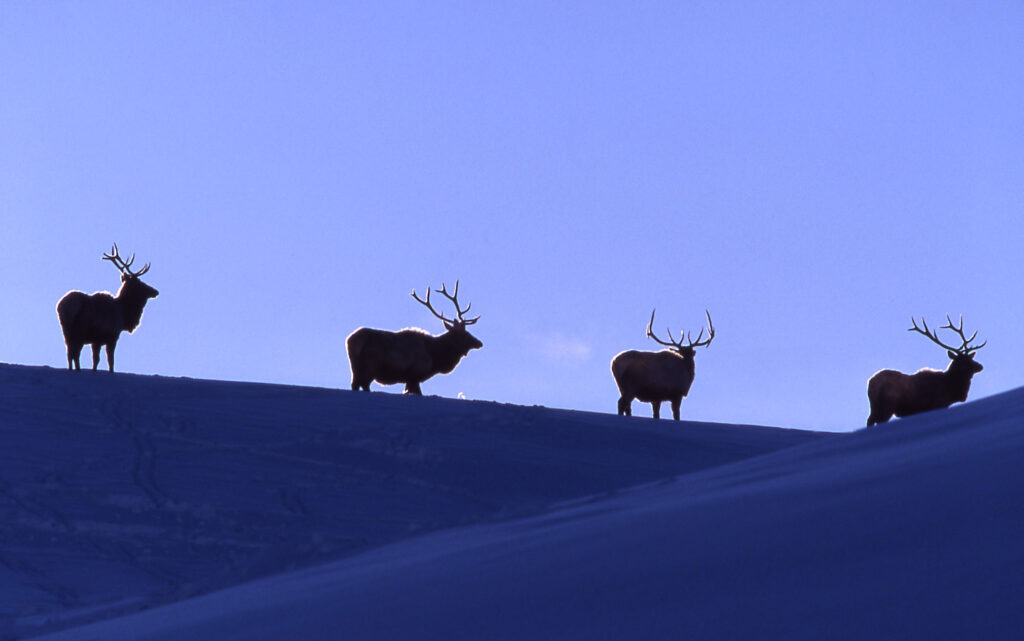
Barker categorized elk behavior as either resting, traveling or foraging; she visited over 1,000 sites identified by GPS activity to find 170 spots where wolves were confirmed to have killed elk—or sometimes other prey.
By comparing sites where wolves killed prey to sites where they could have but did not, researchers could figure out how the probability of a successful wolf hunt changed as a result of environmental and human influences.
Barker learned wolves were less likely to make kills near roads at any time of day, perhaps due to the intensity of vehicle activity. They were also less likely to kill near unpaved snowmobile and ski trails during the day. But they were more likely to kill near trails at night, possibly because there was less human activity then, and the trails provided an easier travel corridor for elk and wolves.
Wolves were less likely to let their hunts be disturbed by human behavior when food was scarce, she found. Elk were more likely to travel rather than forage in areas where they perceived a high risk of predation.
But elk exposed to chronic levels of risk showed “a really different pattern of behavior,” Barker said.
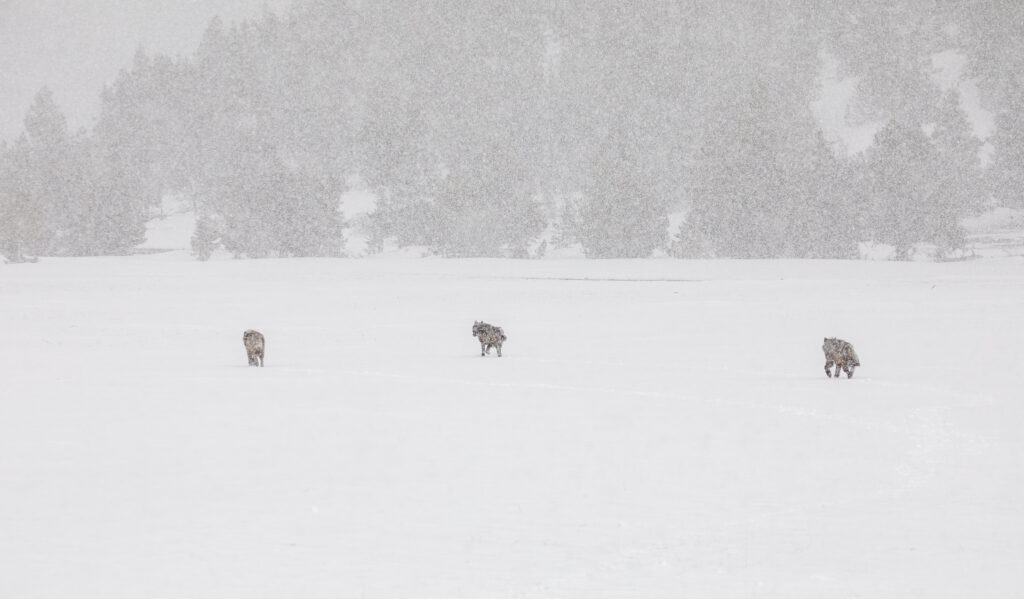
“These individuals seemed pretty comfortable just hanging out foraging and resting, even if they’re in a really risky area,” she said.
“Overall, we see differences based on food scarcity, based on different types of human influences, based on elk experiences,” Barker said. “So this very clear-cut relationship that’s been put forward of wolves affecting elk, and that affecting vegetation could absolutely be true in some places and times. But it would be extraordinarily unlikely for it to play out in the exact same way across all the different places and times in this broad and varied ecosystem.”
That means those who see wolves universally as ecosystem villains who destroy big game populations, or others who view them as infallibly magical saviors of ravaged river bottoms aren’t fully appreciating the predators’ varied and complex roles on the landscape.
“They’re an integral part of those systems,” Barker said, “but all in all, they’re just another animal trying to survive in a pretty harsh place.”
Republished with permission from Wyoming Truth.
